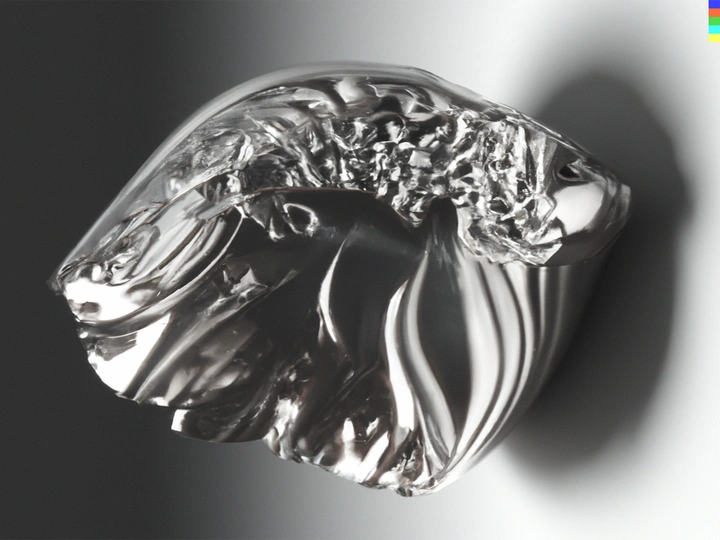Steely Wonders

Antea Divić
cure (- girls) is a collective of an ever changing number of architects, researchers and artists who share the same curiosity for creative experimentation, care and collaboration. founded in 2022 in Zagreb, cure are running away from capitalism and patriarchy, and running towards unusual and queer spaces.
sara blekic (1993, CH) is an architect that studied in Zagreb and Rijeka; worked at OMA. she loves art, materiality, and thrifting furniture.
antea divić (1992, HR) is an architect that studied in Delft, Chicago and Zagreb; and worked in Venice, Zagreb, Rijeka and Rotterdam. she loves art, set design, drag and box.
STEELY WONDERS : From Colonial Wounds to Sustainable Marvels
An exploration on the transformative journey of steel, tracing its historical origins as a weapon of colonization and exploitation to its contemporary significance as a symbol of modern progress. Examining how steel, once used to inflict wounds upon colonized nations, has evolved into a material that shapes the world's infrastructure and technological advancements.
Steel has always been a powerful geopolitical tool — travelled many lands, passed through many hands. In the 19th century, Italy prohibited steel imports to safeguard the national economy and nurture domestic industrial growth. This led to innovative solutions into architecture like Nervis intricate concrete structures. Currently, the ongoing steel shortage has resulted from rising demand and supply chain disruptions, driving up production costs and causing delays in various industries.
In modern medicine, surgical instruments made from stainless steel are essential in precision surgeries, enabling life-saving interventions. Steel's non-reactive nature and strength make it ideal for implants, prosthetics, and medical equipment, enhancing patient care and promoting recovery. It's easy sterilization makes it suitable for medical tools and surfaces, contributing to infection control and patient safety.
Steel has historically driven a mindset of always striving for bigger and better structures. However, in today's context of environmental consciousness and sustainability, there is a need to shift towards more responsible practices in construction and engineering. By acknowledging steel's past as a geopolitical tool and its present significance in various industries, we can work towards a future where steel is harnessed responsibly and contributes to a more sustainable and equitable world.